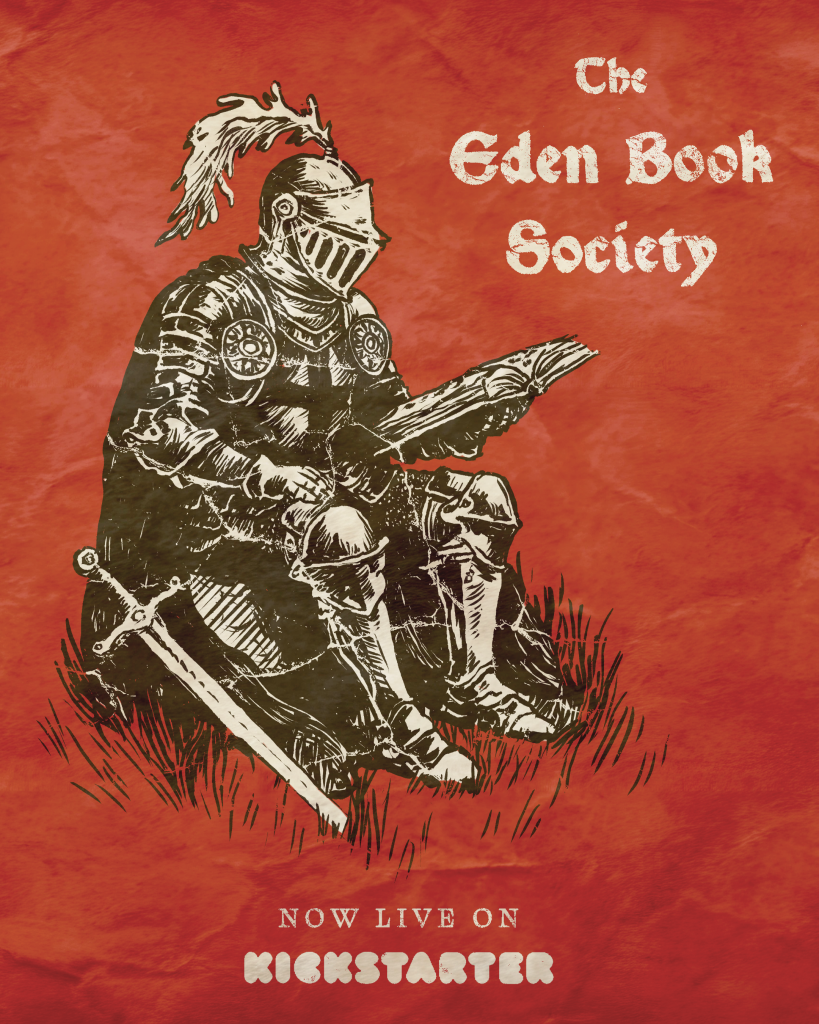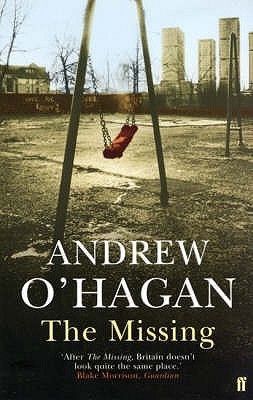‘What is it we’re reading for? I mean, why do we keep reading and rereading a particular novelist? When I think about Bolano – and I think about him often – invariably I find my way to the conclusion that what I’m primarily in it for is friendship.’
‘I read The Dispossessed when I still suspected that my anarcho-punk friends might be right about everything. While the novel rammed home the ways in which capitalism mutilates us, life in the anarchist ‘utopia’ of Anarres – hard labour, dust and aggressively policed mediocrity – made me wonder if capitalism wasn’t the best of a bad lot.’
‘Although I sometimes tantalise myself with the idea of moving to London again, I don’t need Heraclitus to remind me that you can’t step into the same river twice. The London where I lived no longer exists, any more than a dream exists upon awakening – a dream in which you were happy, in which life lived up to its promise.’
‘PROBLEMATIC: A judgement generated by the demand that art avoid describing what is and express what ought to be, and that we admire only art that issues from a stainless soul and a clean rap sheet. Everything in the human being that is messy, vital and interesting; everything shadowy, unconscious, offline.’
‘London Fields failed to make the 1989 Booker Prize shortlist, cock-blocked by two feminist judges who disapproved of the depiction of women. Even if you feel they had a point, can we nonetheless agree that in its architectonic splendour, visions of megacity entropy and unrelenting lingual charisma London Fields stands damn near the summit of modern novelistic achievement?’
‘Ballard was such a superb commentator on his own fiction, one wonders whether the fiction was needed at all. Might he not have simply pretended it existed, then given us books of pure ideation?’
*
In 2019, Rob Doyle was commissioned to write a weekly books column for the Irish Times, a ‘year of rereading’ that would be a journey back through the novels that had meant the most to him. There were two rules: books chosen were to have been published no later than the year 2000 and each column would run to a maximum of 340 words. Within three months of the final column being published, the COVID lockdowns began. With previous plans put on hold, Doyle found himself reflecting on the wider implications of his fifty-two book columns. What had his choices said about him, both as reader and writer? And what did such choices mean, precisely now?
It would be wrong to call Autobibliography a diary of the pandemic, though it sort of is, just as it is also a partial memoir of Doyle’s progress to date. What it is mostly though is a declaration of allegiance to the practice of art, an impassioned defence of a particular kind of writing – ‘the kind of novel with as much essay in it as narrative, the kind you can read with a pen in your hand’ – and why such writing matters.
Doyle loves Houellebecq, Cioran, Nietzsche, Dyer, Mailer, Didion (sort of), Carrere, Bolano, Lispector, Sarraute, Markson. His choices are eclectic, but with a certain unity. The commentary on the books themselves – like Doyle’s always brilliant reviews – rise far above the practised, easy argument it is so easy to fall into when you’ve a limited word count. The passages of memoir and reflection woven between offer a commentary upon that commentary, an autobibliography, a portrait of a writer in fifty-two books.
It’s also very funny. If you enjoyed Mike Harrison’s Wish I Was Here then you will probably love this book, too. That I am in sympathy with Doyle on most of what he says here is beside the point. Thank goodness there are writers writing who write like this, writers who understand what the gig’s about, who have the courage and talent to put that knowledge to practice, who are still young.

